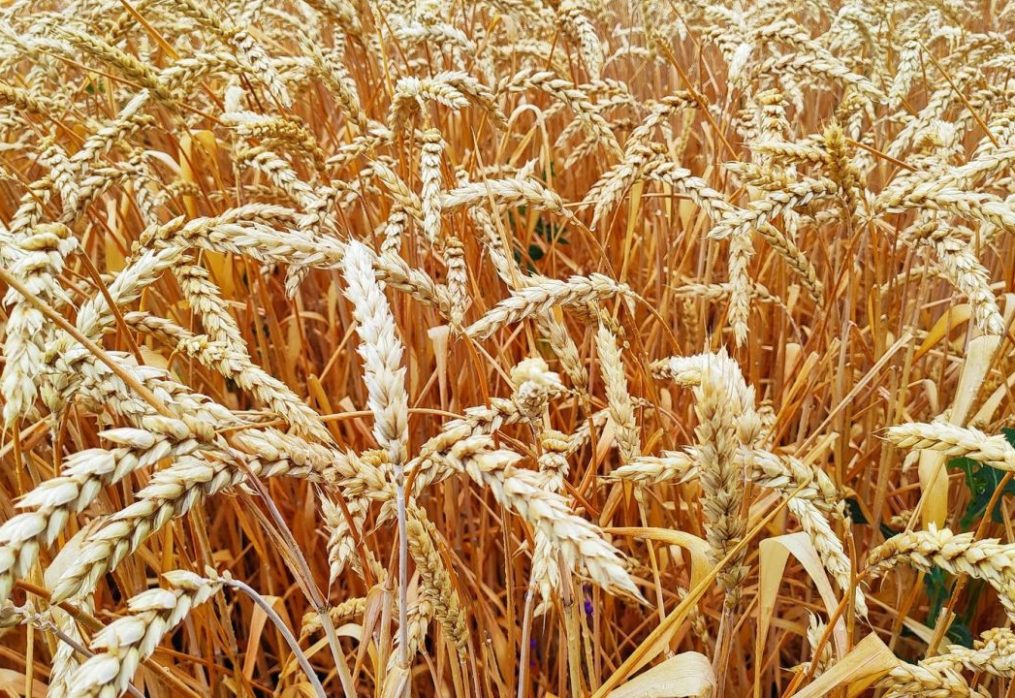Australia’s wheat production to rise: report from the IGC
How much wheat production is planned in Australia
According to the new forecast for the agricultural industry of Australia, the volume of wheat production will increase to 29.3 million tons. These figures are given by IGC experts for the 2020/2021 marketing year. These figures are 14.1 million tons higher than what was harvested in 2019/2020 MY.
At the beginning of the current season, Australia recorded 3.5 million tons of grain in stock, which is 1.7 million tons more than it was in the previous period.
According to the data, the country’s supply will be 33.1 million tons, previously the figure was at 21.1 million tons.
Australia plans to increase export shipments of wheat from 9.3 million to 19.4 million tons of grain. Imports will be down from the 2019/2020 MY. Then the country bought 0.8 million tons of wheat, and now plans to reduce the volume to 0.3 million tons.
Domestic consumption of grain will decrease by about 0.5 million tons, reaching 7.8 million tons. The carryover stocks will increase to 5.9 million tons, which is 2.4 million tons more than in the previous season.
Australia is one of the leaders in the production and sale of crops on the world market. Wheat is considered the country’s main agricultural product, accounting for 57% of total exports. However, in recent years the volume of sold grain has been declining due to unfavorable weather conditions. The country is experiencing severe drought, which does not allow crops to grow fully, and the situation is aggravated by large-scale forest fires. As a result, a significant part of the harvest in 2019/2020 was lost, and it was the lowest in the last 10 years.

The main crops that Australia exports are wheat, rapeseed, barley and oats. About 10% of the supply provides oats, 8% — oilseeds, and 6% — pulses. The potential production of grain crops in the country is about 40 million tons. The main buyers of Australian products are the countries of the Middle East, Asia, Egypt, Japan and others. In addition, in recent years, imports from Australia are increasing in China. Among the competitors of the country in terms of wheat exports are Ukraine, Argentina and Russia.
Now the Australian government is working to increase the supply of grain, while reducing the cost of logistics chains. In addition, an important problem is to increase crop yields and quality in order to remain a competitive producer in the global market.
